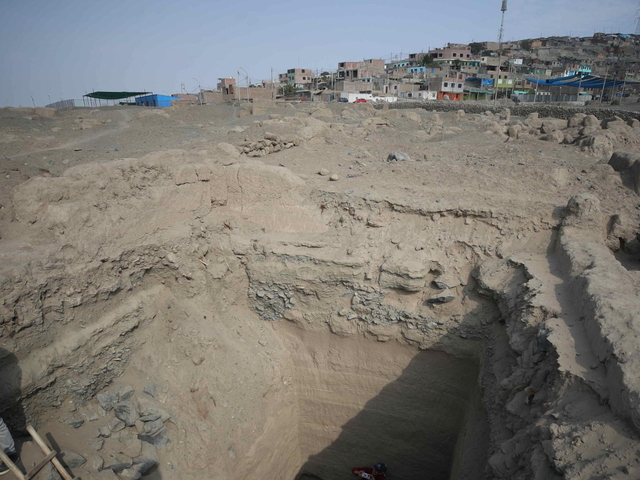
(ANSA) - UDINE, 31 MAG - A pool of Italian-Croatian researchers consisting of Nikola Cesarik, Inga Vilogorac Brčić, David Caska Štrmelj, and Maja Grisonic has uncovered an altar dating back to the early first century AD and dedicated to four Egyptian gods, Isis, Serapis, Osiris, and Anubis on the island of Pag (Croatia). The news was reported today by the Trieste daily Il Piccolo. The artwork, the article says, was commissioned by the wealthy Roman noblewoman Calpurnia, owner of a splendid seaside villa that stretched across the bay. The altar is unique because it bears a dedication that until now had not been recorded in any other Roman-era inscription. "At the time when the Roman emperor Tiberius (14-37 AD) banned the cults of Egyptian gods," Maja Grisonic, an archaeologist from Trieste, told the newspaper, "then very popular and widespread throughout the Mediterranean, the powerful and wealthy Roman Calpurnia dared to erect at least four altars to Egyptian gods in a shrine she owned in Caska Bay on the island of Pag. These monuments testify to a wealthy Roman woman's defiance of the emperor, which caused her to lose two of her closest family members: her father and uncle." Since 2003, several archaeological campaigns have been conducted in Caska on the island of Pag, both on the coast and in the waters in front of the bay. So far, four altars have been found that Calpurnia had erected in front of or inside her private shrine consecrated to Isis and Egyptian gods. The discovery of the most representative altar, which allowed the other three to be decoded, occurred in 2020. Piccolo points out that the findings from the Calpurnia villa in Caska "are the oldest and most important attestation of Egyptian cults in Croatia and the eastern Adriatic coast more generally." The altar, which was discovered in the garden of a private property and promptly reported to the Superintendency by archaeologists Rok Humerca (University of Ljubljana) and Katarina Batur (University of Zadar), is currently kept at the Novalja Municipal Museum. (ANSA).
